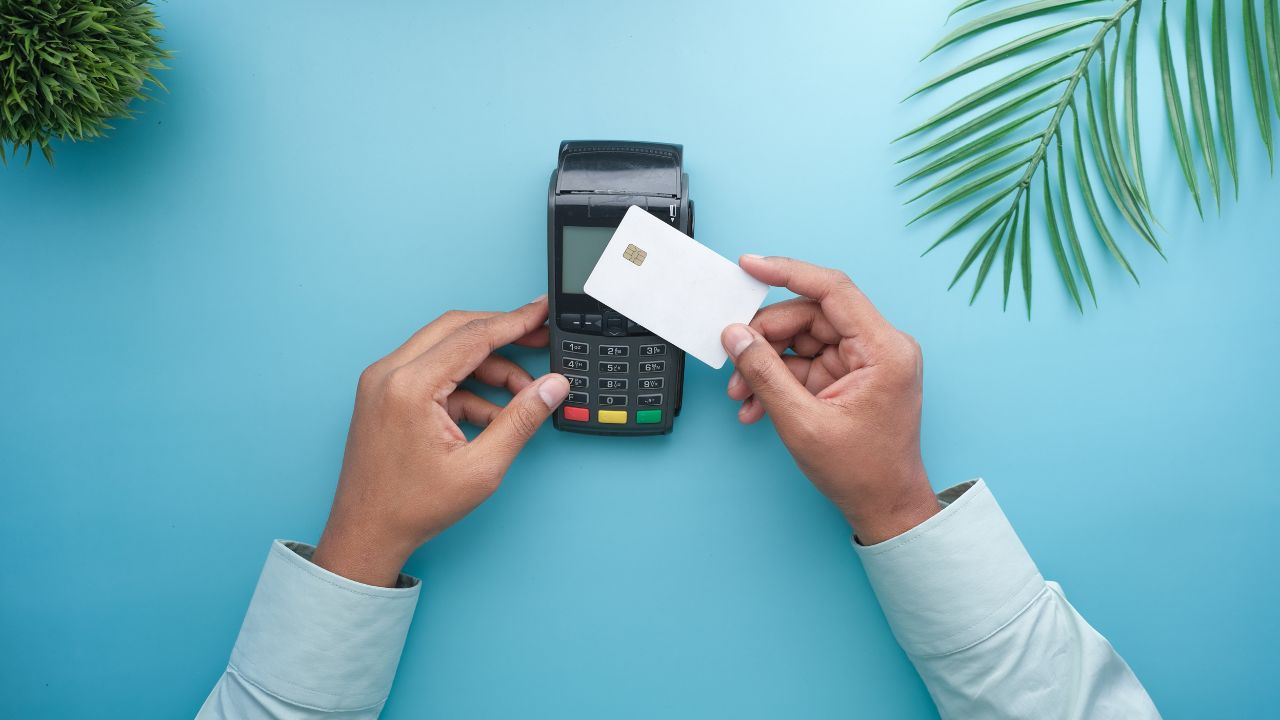In the dynamic and ever-evolving world of marketing, valuable insights can be found in the most unexpected places. One such source of marketing wisdom is the illustrious career of Taylor Swift. Beyond her chart-topping hits and global fame, Taylor Swift offers a treasure trove of marketing lessons that resonate with businesses of all sizes. Let’s delve deeper into these lessons, each one a gem that can transform marketing strategies.

1. Great Products Redefine Markets
RCA Records and the Country Music Paradox
Taylor Swift’s journey to superstardom began when RCA Records discovered her talent. However, the initial plan was to mould her into a singer of other people’s songs. Taylor’s refusal to conform to this vision proved to be a pivotal moment. RCA had underestimated the potential of country music, assuming it had a limited listenership. Taylor, on the other hand, believed in her talent and the genre’s appeal. Her insistence on creating great, authentic country music not only revitalised the genre but also expanded its reach, ultimately reshaping the music industry.
Uber’s Market Disruption
Uber, a disruptor in the transportation industry, faced a similar challenge. A professor at New York University had estimated Uber’s market opportunity using the global taxi and car service market as a reference. However, this estimation failed to consider the transformative nature of Uber’s product—it was ten times better than traditional taxis. Over the years, Uber not only exceeded taxi ridership in New York City but also created a market larger than that of taxis. The lesson here is clear: great products have the potential to redefine and expand markets, often in unexpected ways.
2. Community as a Cornerstone
Taylor Swift’s Social Media Engagement
Since her debut, Taylor Swift has been a trailblazer in using social media to interact with her fans worldwide. Her active presence on platforms like Instagram and Twitter includes liking, commenting, and sharing fan-generated content. She recognized that her fans were online, and that’s where she met and nurtured her community. This commitment to building a loyal online fanbase has been a cornerstone of her success.
Startups Harnessing the Power of Communities
In the startup world, many companies are embracing the concept of communities to enhance their marketing efforts. For instance, Figma recently revamped its Figma Community, allowing users to explore templates created by other community members. A closely-knitted community often translates into powerful word-of-mouth marketing, a strategy known for its high conversion rates.

3. The Art of Brand Building
Authenticity and Vulnerability
Taylor Swift’s brand is built on authenticity and vulnerability, setting her apart in the highly competitive music industry. Unlike some artists who distance themselves from their lyrics, Taylor embraces her personal experiences and values, infusing them into her music. This approach resonates with her audience and reinforces her distinct identity.
Brand Consistency Breeds Loyalty
In the corporate world, brands that maintain consistency in their messaging and values tend to foster higher levels of loyalty. Consumers who perceive brands as steadfast in maintaining their image expect the product characteristics to remain consistent. For example, Disney movies consistently deliver a magical ending, while wearing Nike shoes signifies an athlete’s commitment to performance.
4. The Power of Product Velocity
Taylor Swift’s Prolific Output
Taylor Swift’s recent musical output has been nothing short of prolific. Between 2019 and 2022, she released a staggering 125 songs across six albums. What’s even more remarkable is how she tied this musical output to product variations. For instance, her “Midnight” album offers four different vinyl versions that, when collected, form a clock.
Continuous Product Development
This approach resonates with the corporate world, where continuous product development and expansion are keys to sustained growth. Consider Square, a financial technology company. In 2009, it had just one product. By 2013, the product count had risen to a mere eight. However, by 2020, Square offered a total of 25 different products and services, demonstrating the power of continuous innovation and expansion.

5. Rewarding Top Fans and Superfans
Taylor Swift’s Gratitude to Superfans
Taylor Swift has a well-deserved reputation for going above and beyond to reward her superfans. Initiatives like “Secret Sessions,” where fans can visit her home and listen to her new album, exemplify her appreciation. In return, these superfans have reciprocated by driving remarkable sales. In 2022, one out of every 25 vinyl records sold in North America was a Taylor Swift album.
Superfans in the Corporate Landscape
Superfans aren’t limited to the realm of entertainment; they exist in the corporate world as well. These are the customers who not only spend the most but also engage the most and exhibit unwavering loyalty. Consider Snapchat, a social media platform that introduced “Streaks” to reward users for maintaining ongoing engagement. Such initiatives acknowledge and reinforce the value of superfans.
Taylor Swift’s marketing legacy transcends the music industry. Her journey from a budding artist to a global icon offers invaluable insights for businesses of all sizes. As we navigate the ever-changing landscape of marketing, we can draw inspiration from these lessons to craft strategies that resonate with audiences and drive success. Whether we’re redefining markets, nurturing communities, building brands, innovating products, or rewarding our most dedicated supporters, Taylor Swift’s marketing wisdom serves as a guiding star in our pursuit of excellence.

























